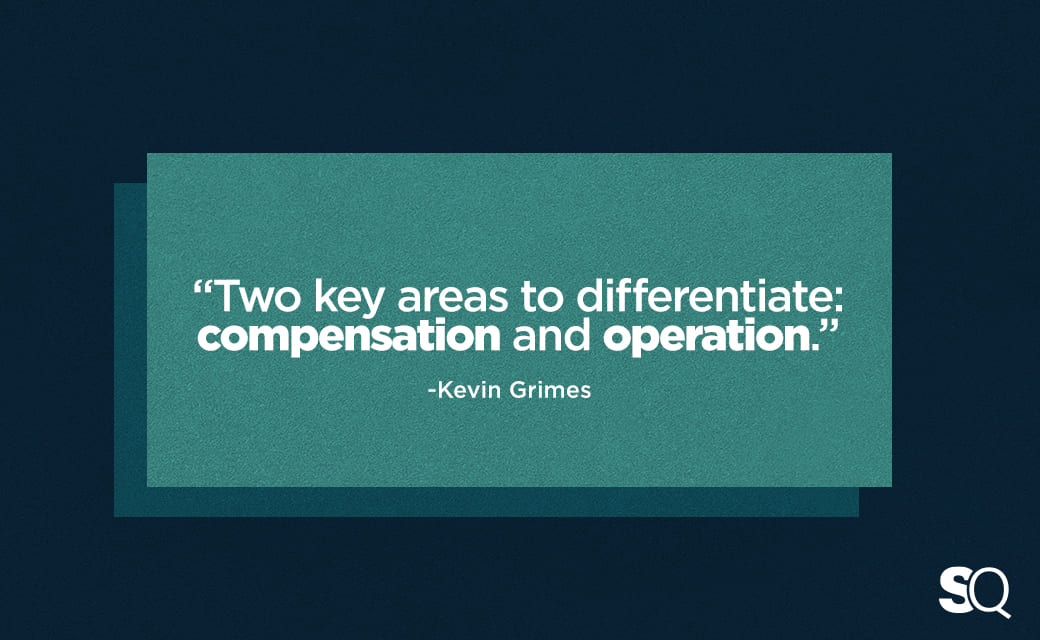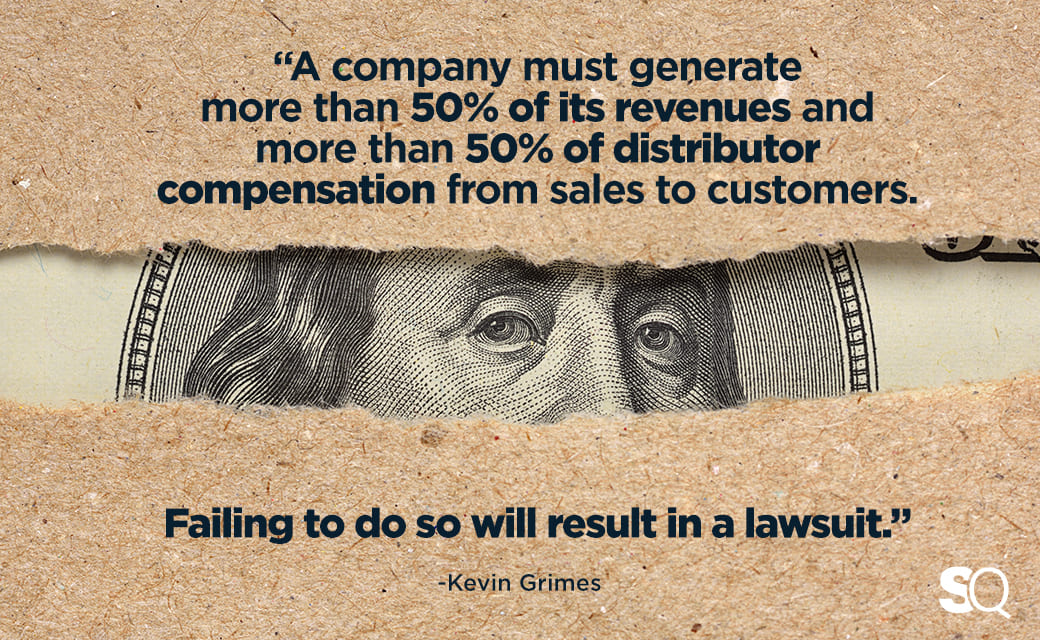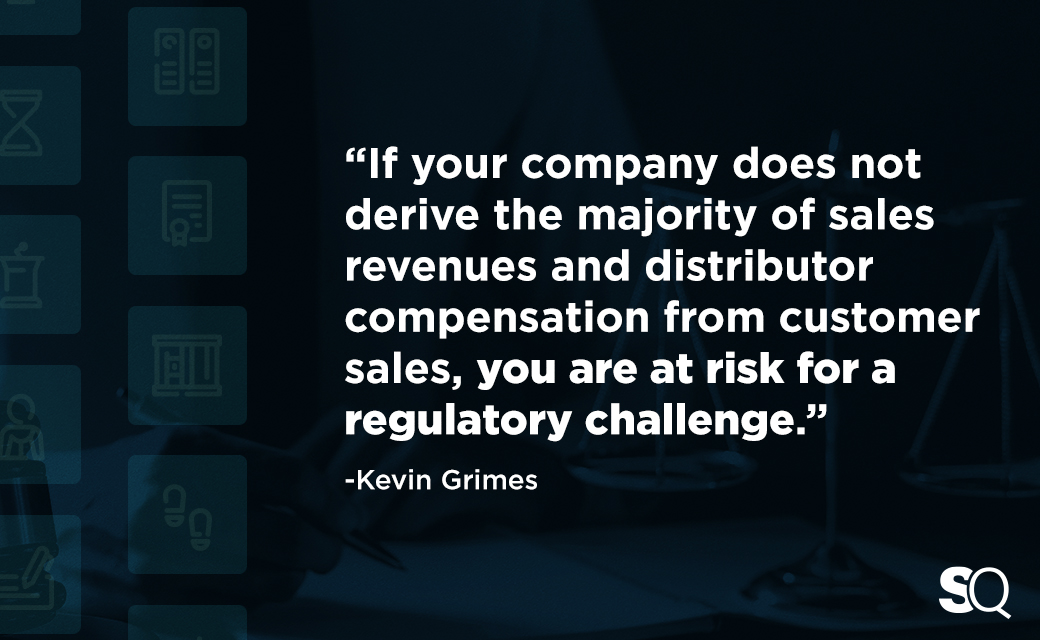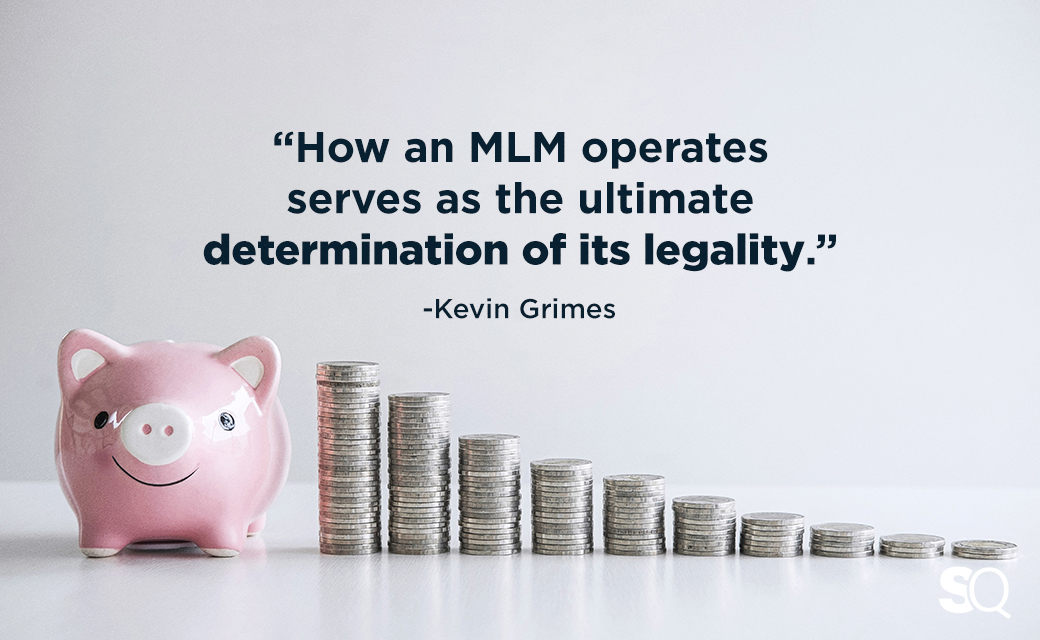The Most Important Lessons in MLM Legal History: Avoiding the Accidental Pyramid Classification
How to prevent your company’s downfall by learning from the past
“Those who neglect history are doomed to repeat it”
George Santayana.
Despite our familiarity with these wise words, we don’t take them to heart when it comes to MLM legal history. In fact, we continue to face similar legal battles year after year.
The average MLM executive and field leader are not aware of the game-changing cases. They know even less about the impact on their companies. As a leader in your MLM company, you’re so focused on the day-to-day operations of your fast growth. Yet, if you miss out on the lessons of history, you’ll fall into a similar legal quagmire.
Ultimately, your understanding and compliance determine the categorization of your company. Are you a true, legal MLM company? Or are you inadvertently a pyramid? In short, we’re here to keep you out of the ponzi scheme category.
The FTC and federal courts consider two key areas to differentiate: compensation and operation.

Compensation
The FTC defines compensation clearly. Any company must generate more than 50% of their revenues and more than 50% of distributor compensation from sales to customers. That means, the company risks attack by regulators if they fail to do so.
Beginning in 1996 with Webster v Omnitrition, the federal courts and the FTC made their point about the pre-eminence of customer sales loud and clear:
“The key to any anti-pyramiding rule in a program like Omnitrition’s, where the basic structure serves to reward recruitment more than retailing, is that the [compensation plan eligibility requirements] must serve to tie recruitment bonuses to actual retail sales in some way.”
Moreover, the US District Court repeated the same statement in 2015 in FTC v Vemma. It stated Vemma would be “preliminarily restrained and enjoined from…[paying] any compensation related to the purchase or sale of goods or services unless the majority of such compensation is derived from sales to or purchases by persons who are not members of the marketing program.”
Vemma could have avoided litigation and ulimately closing its doors, had it learned from the Omnitrition case.
And yet, even after those two cases, companies still failed to heed the lessons. Consequently history repeated itself with FTC v. Herbalife in 2016.
Herbalife had to insure at least two-thirds of a distributor’s compensable volume came from sales to customers. On top of that it had to pay $200 million for equitable monetary relief. The Herbalife company also agreed to sweeping changes in its compensation plan. And finally, the FTC forced Herbalife to implement a compliance training program for all of its distributors.
To sum up, what can we learn from these cases?
- An MLM legal compensation program must derive the majority of revenues from sales to customers. The only true definition of business is creating a customer. In other words, regulators and courts define a customer as a purchaser who is not a participant in your compensation program. Make sure of two things. (1) Your business model contemplates the two discrete categories of customers and distributors. (2) You are compensating your distributors so they are rewarded in material and significant ways for selling to customers, not simply building their team.
- If your company does not derive the majority of sales revenues and distributor compensation from customer sales, it risks a regulatory challenge. Too often, the change to the compensation plan is too late and the company is forced out of business.
Read more about creating the Best MLM Compensation Plan here.
MLM Legal Operations
Regulators and courts scrutinize more than just compensation. For example, the FTC v BurnLounge in 2014 case taught us this lesson.
BurnLounge paid rewards for recruitment as opposed to customer sales. Additionally, BurnLounge’s entire operational structure proved problematic in a variety of areas.
- The value of the company’s products.
- The operational realities.
- Who is buying what and how much?
- The products and services cannot be a sham or smoke screen for a “pay-to-play” scheme.
- Some sales to non-distributors (customers) are not enough.
- Required purchases for distributors.
- Compensation plan rules to promote retail sales.
- Meaningful opportunities for retail sales.
And if these issues weren’t enough, the FTC made a point to highlight two more problems. I consider these the perennial low-hanging fruit for investigations:
- Deceptive income claims
- Lack of adequate substantiation for product claims
By the time the courts finished with BurnLounge, it ceased to exist.
On top of these metrics, the FTC or a court finds other “operational realities” problematic. The list includes:
- Overemphasized distributor auto-ship participation.
- Awarded a lower amount of PV/BV on customer purchases vs. distributor purchases.
- Required a high personal volume and failed to track sales to end consumers.
- Failed to enforce anti-inventory loading safeguards such as the 70% rule and 10 Customer Rule.
- Lacked adequate refund and buy-back policies.
- Lacked regulatory compliance training for distributors.
What can we learn from this case?
- How an MLM operates serves as the ultimate determiner of its legality. The first Burn Lounge factor, value of the company’s products or services, drive many of the other operational realities. And of course, value is the only reason customers purchase your products or services. No value = No customers = Living on borrowed time. Nevertheless, you should diligently focus on each of the bullet points above. You must preempt your compliance efforts. Make every effort to ensure your sales language and distributor training stands on legal ground. We recommend using compliance software to find and reconcile potential pitfalls.
- MLMs must take a holistic approach to evaluating their operations. Closely examine elements such as income claims, auto-ship orders, product claims, product packs and fast start bonuses. If the majority of your sales are not made to customers, you probably need to adjust your pricing and your compensation plan.
Your Company Can Get it Right
For your company to thrive, you need to do more than know your history. You need to be willing to adjust your paradigms and practices accordingly.
If you remain compliant, when a problem arises, you’ll be protected. But, if you keep pushing for growth and hope for the best, you can find yourself facing legal battles.
You have your hands full scaling your company. If staying up until the wee hours of the night trying to make sense of 20+ years of legal briefs sounds less enjoyable than being chased by a shark, let us help you.
At Thompson Burton, we’ve spent the past 27 years representing more than 1,000 MLM companies. We know what’s happening in the courtrooms.
That’s why we can help you take a comprehensive look at your compliance in a variety of areas, including:
- Corporate resources
- Website
- Videos
- Promotional materials
- Distributor compliance (including training, monitoring, and correcting)
Let us help you learn from companies who have refused to learn from past mistakes. Visit our website to see how we can help you stay selling on solid legal ground.







